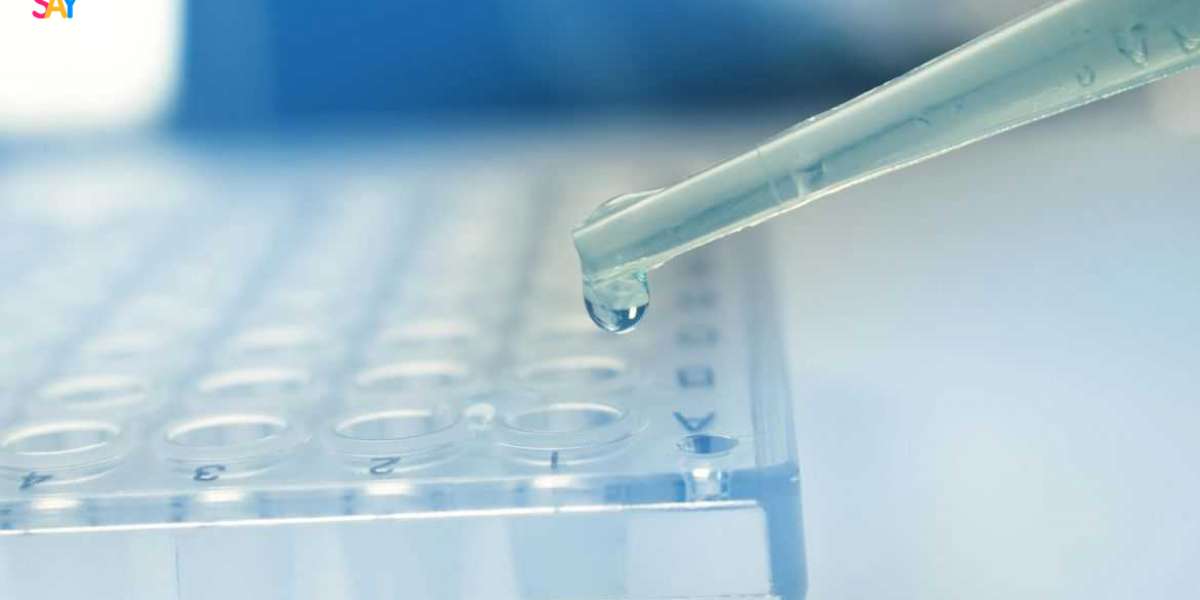Micropipettes are now essential instruments in labs all around the world, allowing researchers to accurately measure and transfer minuscule amounts of liquid. However, from their modest origins, the micropipettes that we use today have advanced significantly. Gaining knowledge about the development of micropipettes can help one better understand how technological advancements have changed clinical diagnosis and scientific research.
Early Beginnings: Glass Pipettes and Manual Techniques
Simple glass tubes were used to introduce the pipetting concept millennia ago. In the past, scientists painstakingly collected liquid samples using glass pipettes. Accurately measuring tiny quantities with these glass pipettes needed steady hands and a great deal of experience. Manual pipetting with glass was prone to errors and variability because of the lack of exact volume control, particularly at extremely small amounts 100 microliters. This restriction frequently caused experiments to lag and made repeatability difficult.
Glass pipettes were commonly employed in chemical and biological labs despite these difficulties since they were easy to use and could be cleaned and reused. However, the lack of volume precision and labor-intensive nature spurred engineers and scientists to create more precise instruments.
The Rise of Mechanical Micropipettes
The mechanical micropipette, which was created in the middle of the 20th century, was the breakthrough. Users could specify a precise volume to aspirate and dispense liquids with these pipettes' piston-driven operation. This invention significantly increased accuracy and usability, revolutionizing liquid handling in labs.
A plunger to regulate aspiration and dispensing, a volume adjustment knob, and disposable tips to prevent contamination are common features of mechanical micropipettes. These pipettes improved experiment reproducibility and decreased human error by standardizing the volume setting. They were quickly embraced by labs worldwide for use in clinical testing, molecular biology, and pharmaceutical research.
Introduction of Digital and Electronic Micropipettes
The latter stage of micropipette development brought digital and electronic versions due to advancements in electronics and microprocessors. In addition to offering extra features like programmable steps and numerous dispensing modes, these high-tech devices incorporate digital displays that let users adjust quantities in tiny increments.
By eliminating the need for manual adjustments and providing accurate volume control via buttons or touchpads, digital micropipettes streamline the user experience. Additionally, repetitive dispensing can be automated with electronic models, improving production productivity and easing hand strain.
Digital micropipettes are very popular in high-throughput labs and research institutes that specialize in drug development, proteomics, and genomics because of their enhanced accuracy and adaptability.
Modern Innovations and Smart Micropipettes
Modern micropipettes are intelligent devices with cutting-edge technology that can adapt to changing scientific requirements; they are more than just tools for manipulating liquids. Data logging, Bluetooth connectivity, and interaction with lab information management systems (LIMS) are examples of contemporary advances. These characteristics make sample handling traceable, which is essential in regulated settings like pharmaceutical manufacture and clinical diagnostics.
Additionally, ergonomic designs have advanced to lessen laboratory workers' injuries from repetitive strain. Long-term pipetting duties can be made more comfortable and secure with the use of lightweight materials, adjustable finger rests, and quieter plunger movements.
In order to stay up with the needs of cutting-edge science, manufacturers are investing in improving the accuracy, robustness, and usability of micropipettes.
Impact of Micropipette Evolution on Scientific Research
The speed and caliber of scientific research have been significantly impacted by the evolution of micropipettes from basic glass tubes to digital smart gadgets. Experiments requiring DNA amplification, enzyme tests, and cell culture all depend on precise liquid handling. Inaccurate pipetting might produce inconsistent or invalid results, wasting time and money.
Automation, assay downsizing, and high-throughput screening have all been made easier by developments in micropipette technology. This development has sped up medical, biotechnological, and environmental scientific findings, highlighting the critical role micropipettes play in fostering innovation.
The ongoing development of micropipettes, in my opinion, is indicative of the larger movement to incorporate technology into scientific instruments in order to improve precision, effectiveness, and user safety. Micropipettes will probably continue to develop in order to satisfy future scientific demands as research difficulties get more complex.




